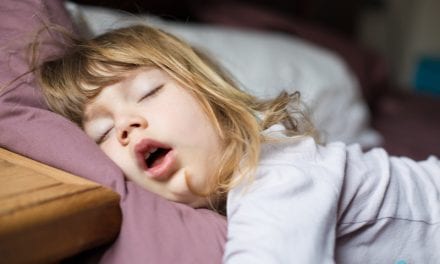What does snoring have to do with time spent exercising? A new study looks at the connection.
Frequent snorers and individuals with a high risk of obstructive sleep apnea are less active than those who don’t snore, according to a new study.
Researchers examined the relationship between snore frequency and minutes of sedentary activity in three years of data collected from the National Health and Nutrition Examination Survey. Participants reported snoring frequency and sedentary activity, and researchers developed a score to identify those at risk of sleep apnea.
After adjusting for sex, age, race, education level, and marital status, frequent snorers had about 36 more sedentary minutes per day, compared to those who reported never snoring. Also, those who were at high risk of having sleep apnea had about 44 more minutes per day of sedentary time.
“Sleep-related breathing issues like snoring and sleep apnea are very common in the population,” says senior author Michael Grandner, PhD, director of the Sleep and Health Research Program at the University of Arizona. “But these issues don’t just affect the nighttime. They can lead to more tiredness and less energy, which can impact everything from mood to stress to — as we saw — activity level. This may be why even just snoring can impact health and well-being.”
The research abstract, “Population-Level Snoring and Probable Sleep-Disordered Breathing Associated with Greater Sedentary Activity,” was published recently in an online supplement of the journal Sleep and was presented during SLEEP 2022, the annual meeting of the Associated Professional Sleep Societies, a joint venture of the American Academy of Sleep Medicine and the Sleep Research Society.
Photo: ID 196372491 © Sasinparaksa | Dreamstime.com




